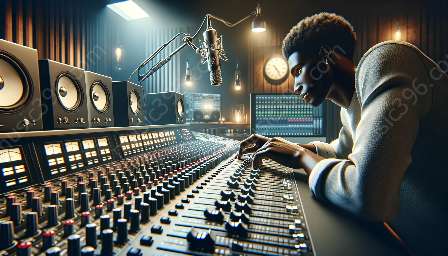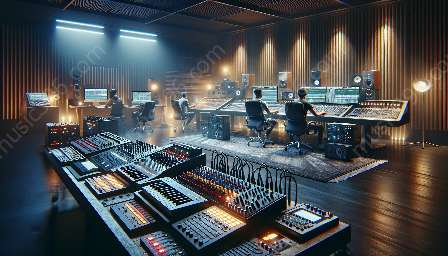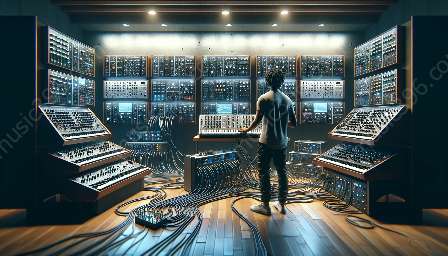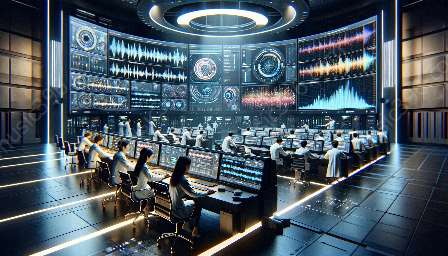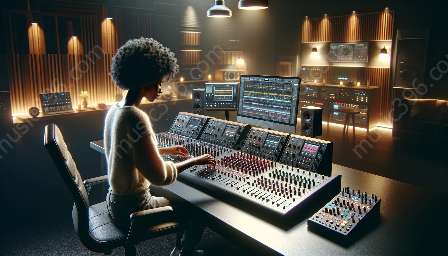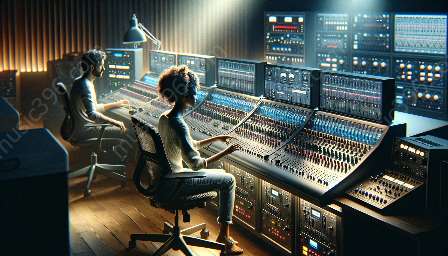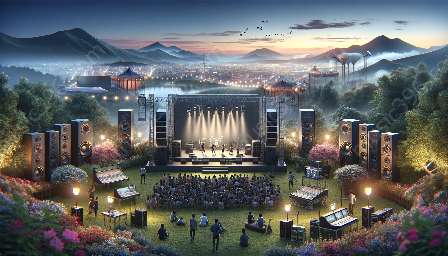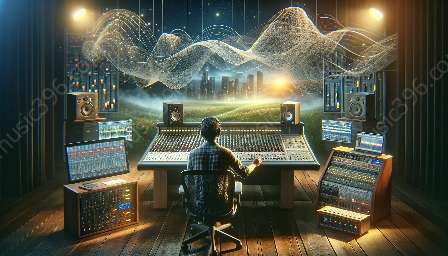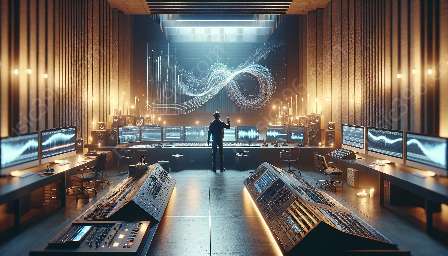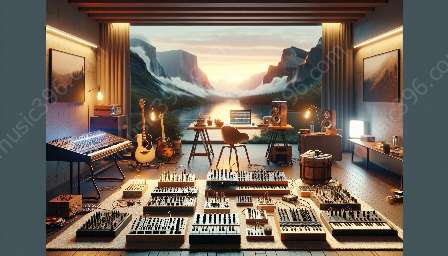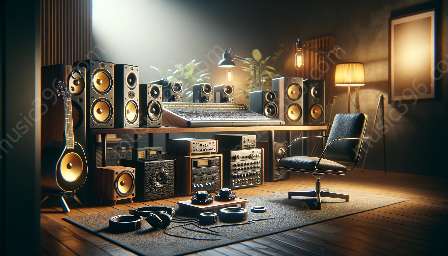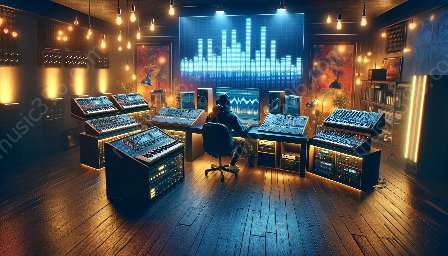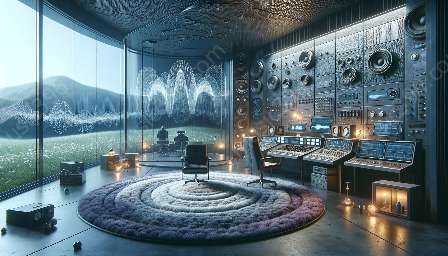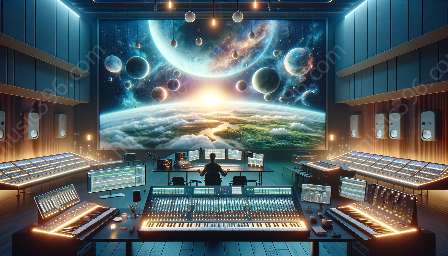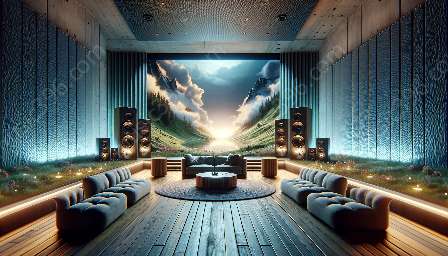Music technology has seen a remarkable evolution in the realm of virtual instruments, transforming the way music is composed, produced, and performed. From the early days of basic synthesizers to the sophisticated software and hardware solutions available today, virtual instruments have revolutionized the music industry. This topic cluster delves into the history, impact, and advancements of virtual instruments, outlining their significant role in shaping modern music production and performance.
The Birth of Virtual Instruments
The concept of virtual instruments can be traced back to the early days of synthesizers and electronic music. The development of synthesizers in the mid-20th century marked a pivotal moment in music technology, as it introduced the ability to create and manipulate sounds using electronic means. These early synthesizers laid the foundation for the future of virtual instruments, paving the way for innovative developments in sound synthesis and programming.
Advancements in Digital Signal Processing
The evolution of virtual instruments was further propelled by advancements in digital signal processing (DSP) technology. The integration of DSP technology into music production equipment and software opened up new possibilities for creating realistic and expressive virtual instruments. This breakthrough enabled musicians and producers to access a wide range of high-quality sounds and emulate acoustic instruments with unprecedented accuracy.
Rise of Software-Based Virtual Instruments
The advent of powerful computer systems and software platforms led to the proliferation of software-based virtual instruments. Music production software, commonly known as digital audio workstations (DAWs), became the primary environment for hosting virtual instruments, offering a diverse array of synthesizers, samplers, and virtual drum machines. These software-based solutions revolutionized the accessibility and affordability of virtual instruments, empowering musicians of all levels to harness the power of professional-grade sound libraries and instruments.
Integration of Physical Modeling and Sampling Techniques
Virtual instruments evolved further with the integration of physical modeling and sampling techniques. Physical modeling technology enabled the synthesis of realistic instrument sounds by simulating the physical properties of acoustic instruments, such as strings, woodwinds, and brass. Sampling technology, on the other hand, allowed for the capturing and playback of real instrument sounds with exceptional fidelity. The combination of these techniques expanded the sonic palette available to musicians, allowing for unparalleled realism and expressiveness in virtual instrument performance.
Hardware-Based Virtual Instruments
While software-based virtual instruments dominate the modern music production landscape, hardware-based solutions have also played a significant role in the evolution of virtual instruments. Dedicated hardware synthesizers, samplers, and MIDI controllers offer tactile and intuitive interfaces for musicians and producers, providing a hands-on approach to creating and manipulating virtual instrument sounds. The integration of hardware and software technologies has blurred the lines between traditional and virtual instruments, giving rise to hybrid setups that combine the best of both worlds.
Impact on Music Production and Performance
The evolution of virtual instruments has had a profound impact on music production and performance. With the vast assortment of virtual instruments available, musicians and producers can explore diverse musical styles, experiment with unique sound textures, and access virtual versions of rare or exotic instruments. Additionally, the flexibility and convenience of virtual instruments have contributed to the democratization of music creation, allowing artists to compose and produce music from virtually any location with a computer and a MIDI controller.
Future Developments and Innovations
The future of virtual instruments holds exciting prospects for further innovation and advancement. With ongoing developments in machine learning, artificial intelligence, and virtual reality, we can anticipate even more lifelike and interactive virtual instruments that redefine the boundaries of music technology. As technology continues to evolve, virtual instruments are poised to remain at the forefront of creative expression in the ever-changing landscape of music production and performance.

